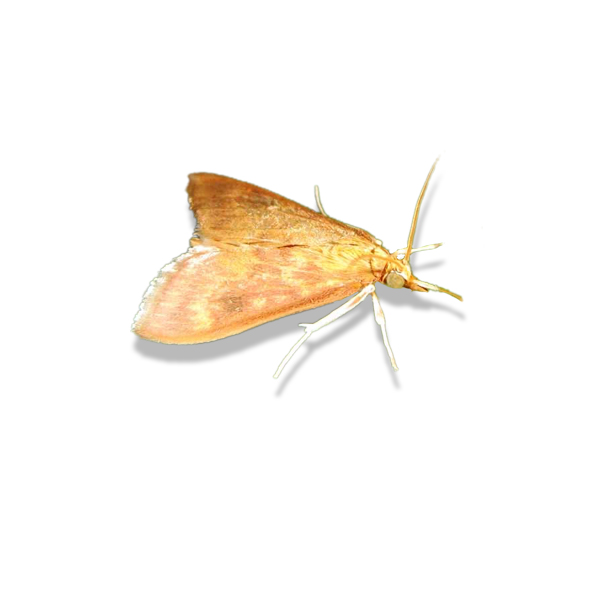Asian Corn Borer, Ostrinia furnacalisr
Ostrinia furnacalis, Asian corn borer moth is an important insect of maize, millet, mung bean, and many grasses. It is also known as Oriental Corn Borer or Asian Maize Borer.
This insect is geographically distributed in Afghanistan, Burma, Cambodia, Ceylon, China, India, Indonesia, Jammu and Kashmir, Japan, Korea, Laos, Malaysia, Pakistan, Philippines, Sikkim, Singapore, Taiwan, Thailand, Vietnam, USSR, Australasia and Pacific islands, Australia, Caroline Islands, Marianas Islands, Papua and New Guinea, and Solomon Islands.
Russell IPM manufactures and supplies pheromone lure, traps and complete monitoring systems for Ostrinia furnacalis, Asian corn borer moth. Pheromone trap data give early warning of the infestation and also will alert the user to low level of infestation before it become serious.


